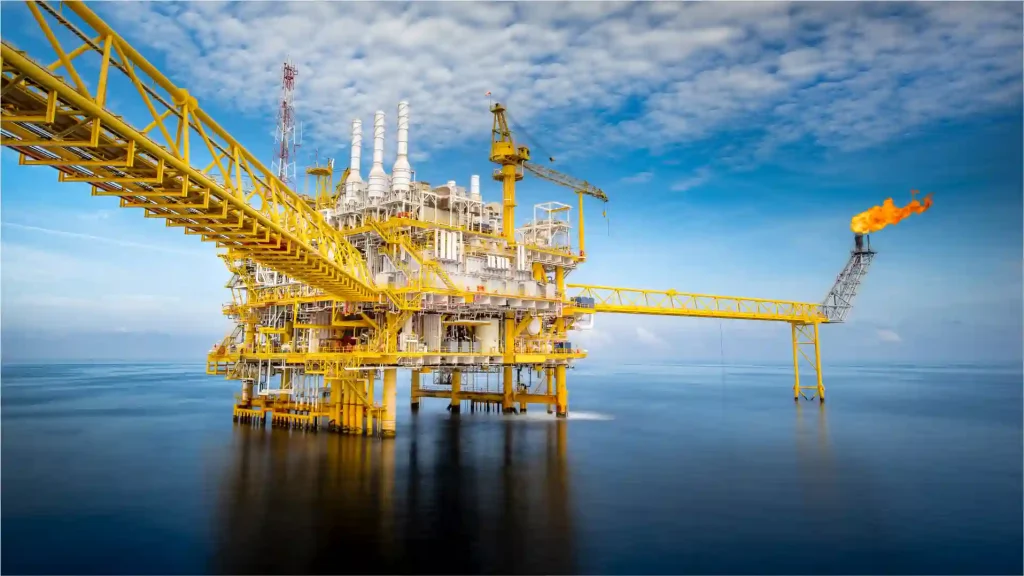The top oil and gas producer in the US, ExxonMobil, has commenced a pilot project to mine Bitcoin in North Dakota.
Exxon has been working in collaboration wit Crusoe Energy Systems, a Denver-based company, for over a year. Crusoe Energy Systems, using their technology, helps oil companies turn waste energy into a useful resource.
Exxon is diverting natural gas that would normally be burnt off, into generators that convert the gas into electricity, which is then used to power thousands of bitcoin miners. The project by Exxon was launched in January 2021.
While Exxon does not intend to convert the cryptocurrency into actual money, the company has pledged to reduce emissions in an effort to meet environmental demands. The crypto mining in alliance with Crusoe Energy Systems reduces CO2 emissions by almost 63 percent, compared to traditional continued flaring of excess gas.
The bitcoin mining work by Exxon in North Dakota, is soon to be followed with similar projects in Alaska, Nigeria, Argentina, Guyana and Germany.
Exxon utilizes Bitcoin mining to solve decades-long problem
These projects by Exxon solve a problem that has been plaguing Oil companies for a long time – What to do when the company drills into a natural gas formation. Gas delivery requires a pipeline to be routed, when compared to oil, which can be transported by trucks. Proximity to a gas pipeline allows the company to transport gas, but if the pipeline is far from the drilling site, the gas is normally just burnt off as excess energy. In addition to the environmental hazards, drillers are also burning cash.
Compared to this, Bitcoin mining requires only an Internet connection, and the process can be pursued from anywhere.
Cully Cavness, President of Crusoe said that mining solves two problems at once, the energy demand of Bitcoin, and the stranded energy problem of oil companies. Crusoe currently employs 150 people.
Cavness also mentioned that 10 million cubic feet of flared gas is not flared because of the systems deployed by Crusoe. In a recent report on Global Gas Flaring Reduction, The World Bank has recognized Crusoe for offering an innovative solution to flaring.
More drilling meant more wasted gas, which affected the entire Williston Basin that spreads across part of Montana, the Dakotas and into Canada.
According to Cavness, oil companies were flaring almost 20 percent of the gas being produced in the basin.
Over the years, drillers have chosen flaring as a less environmentally damaging way to dispose of excess gas, compared to directly releasing methane into the environment. Releasing unburnt methane into the environment produces greenhouse effects that are 84 to 86 times more powerful than CO2 over a twenty-year period.
Even with this method, a percentage of methane is released into the atmosphere due to wind and other factors. With onsite Bitcoin mining, 100 percent of the methane is channeled and combusted, without any leakage into the air according to Adam Ortolf, who handles Business Development for Upstream Data, which manufactures and deploys onsite mining solutions for oil companies. Ortof also said that unless internal combustion proved to be economically sustainable, companies would not opt for it.
Crusoe’s systems are built to make the process financially sustainable for drillers. The company deploys its equipment onto the oil pad, allowing it to convert otherwise wasted natural gas into electricity, which then powers computing at the well site.
Cavness said that when the gas is put through the generators, almost 99.99 percent is combusted. Not only does this process eliminate gas wastage, but methane emissions too are reduced.
Cavness said his main takeaway from the United Nations’ latest global climate summit in Glasgow, Scotland, was that methane is the low-hanging fruit.
This was what the energy industry wanted to solve, according to Cavness.
